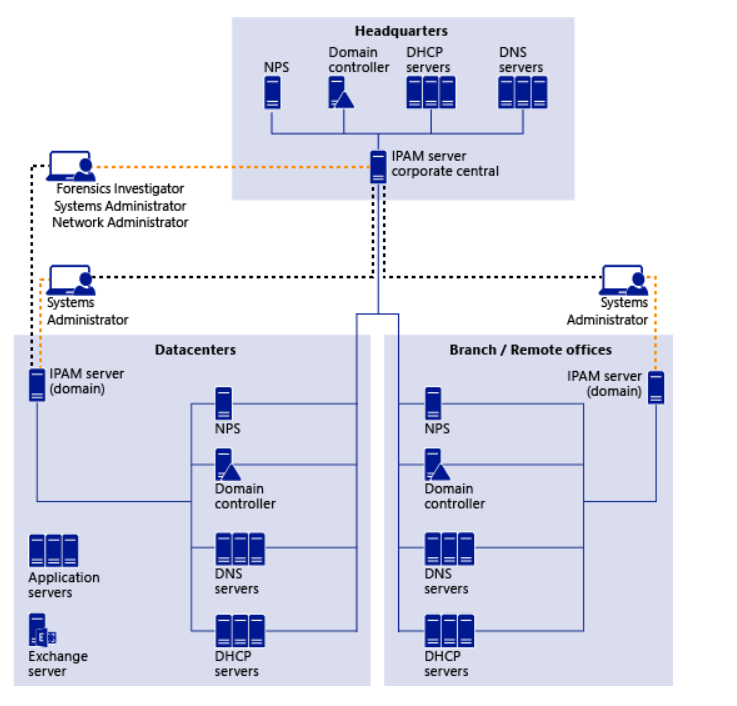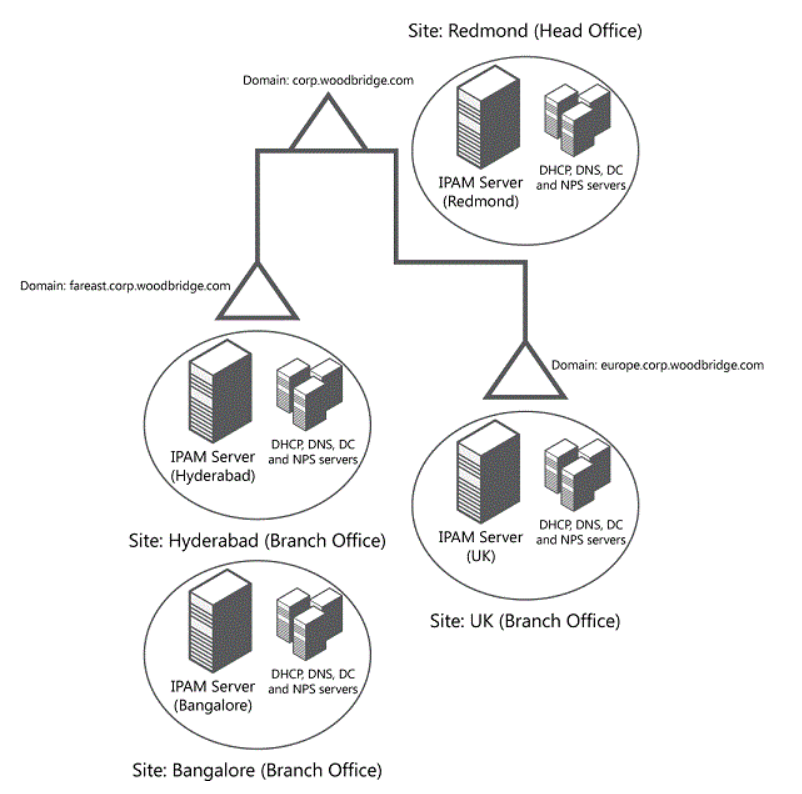Hi ,
Please understand, we are not familiar with 3rd party DDI solutions and I did not find any related documents talking about migration from Blue Cat DDI to Windows Server IPAM.
In addition, as far as I know, IPAM is used for planning, deploying, managing and monitoring of IP address infrastructure. There is no official document talking about deploying IPAM with redundancy.
Best Regards,
Candy
--------------------------------------------------------------
If the Answer is helpful, please click "Accept Answer" and upvote it.
Note: Please follow the steps in our documentation to enable e-mail notifications if you want to receive the related email notification for this thread.



